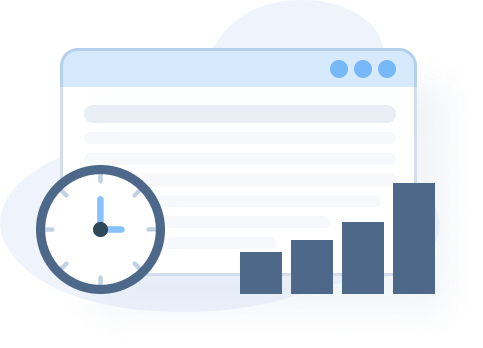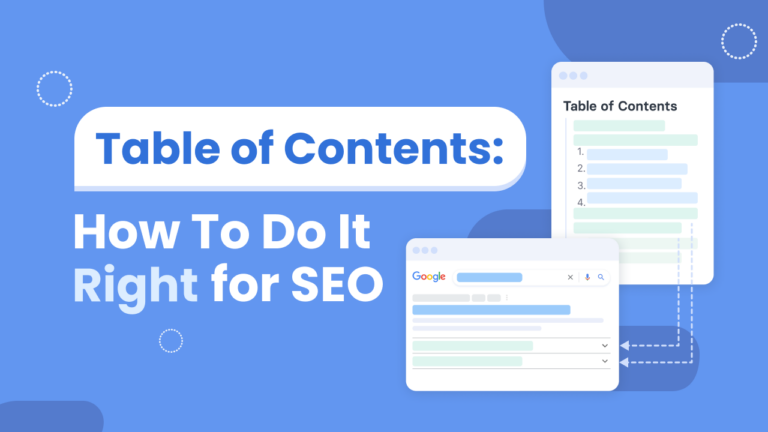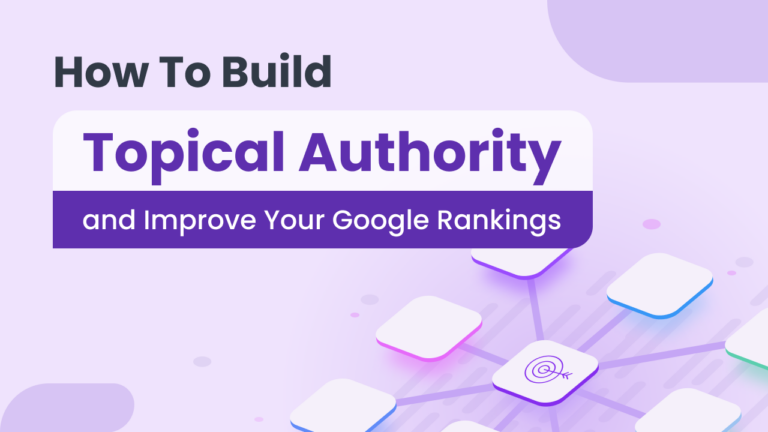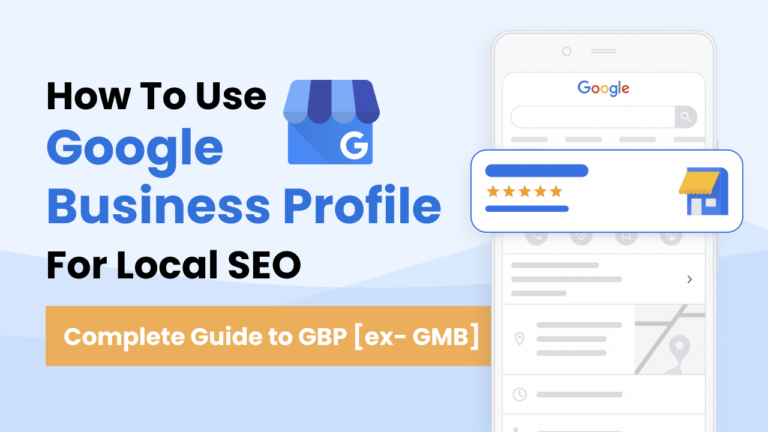After putting much of your time and effort in setting up your new website, you are finally ready for it to go live. You’ve made sure that your site is optimized for search engines, contains relevant keywords, and you’ve started obtaining backlinks. Yet, you find that your site isn’t ranking anywhere in the Google search engines results page (SERP). If you are experiencing this, then your website may just have been placed in the Google Sandbox.
What is Google Sandbox?
Google Sandbox is a probation period that new websites are placed in, during which they do not appear in the SERP. If your website is in the Google Sandbox, it will not get any traffic from Google searches.
Let’s get it clear: Google has never confirmed this, and some of its employees even deny it. However, search engine optimization (SEO) professionals have assumed its existence. Why? Well, it was the only logical explanation for why new sites were not ranking well despite following SEO best practices.
The Sandbox Effect, as it is called by SEO professionals, has been speculated to exist as far back as 2004. The legend started when several website owners noticed that their sites weren’t ranking well in the first few months since launching. It didn’t matter whether those new sites were trying to rank for low-competition keywords or not. Google just wouldn’t rank them well.
Because the sites did well in other search engines, like Yahoo! and Bing, people surmised that Google must have a system in place that prevents new sites from ranking. This system is what’s now known as the Google Sandbox.
Fortunately, websites can and do get out of the Sandbox in time, but when?
How Long is the Google Sandbox Period for New Websites?
It can take anywhere from two to three months to a year. However, some experts have noted a pattern when it comes to the probationary period of new sites. According to them, that pattern depends on the industry and the user intent. Websites with commercial intent tend to stay in the Sandbox longer. It is estimated that retailer sites like Amazon get around four to six months in the Sandbox while highly manipulatable financial sites like forex trading and payday loans get around eight months to a year. In contrast, websites with informational intent get a relatively shorter time in the Sandbox at around two to three months.
Because Google is currently the top search engine site, handling over two trillion searches a year, it is dedicated to delivering the best results to its users. To this end, Sandbox seems to be a reasonable precautionary measure used by the search engine giant to discourage SEO manipulation and exploitation. The downside is that this also affects new sites that simply want to reach their target audience.
The Sandbox seems to be uniformly applied to all new domains. Yet even old sites that have been inactive for long periods have to face it. The good news is that there are steps that you can take to get out of the Sandbox.
3 Ways to Escape the Google Sandbox Faster
Since Google uses its algorithm updates to evaluate new websites, you can ensure that your site meets the prerequisites and goes above them to prove that it is trustworthy. You can do that with the following steps:
-
Make sure your website is indexed
It takes anywhere from four days to four weeks to even a couple of months for Google to crawl and index new websites. This is an important step since this is when Google attributes authority to the domain and when your site starts aging. Fortunately, you can easily check if your website has been indexed using Google’s URL Inspection Tool.
-
Check for penalties
Google imposes penalties on sites that they deem to be cheating or using underhanded tactics to rank higher on the SERP. There are two types of penalties: algorithmic, which is imposed by crawlers, and manual, which is imposed by Google employees.
Algorithmic penalties do not come with notifications, which may make them easier to miss and harder to correct. Generally, you can spot it when you notice a drop in your site traffic that coincides with a Google update. One notable update that resulted to algorithmic penalties is the Panda update in 2011, with ezinearticles.com and articlebase.com among the hardest hit with an over 90% dip in traffic right after the update rolled. If this happens to your site, check the details of the update, make changes accordingly, then wait for your site to be reindexed.
Manual penalties are much easier to deal with since Google will send you a message stating the reason why and what you can do to improve your site. These penalties may be sanctioned for user-generated spam, unnatural links to and from your site, keyword stuffing, or articles with little value. To address the issue, just follow the instructions and submit your site for reconsideration when you’re done.
-
Improve site content
Improving your site content covers a lot of details, from keyword use to content format and length. This entails doing proper keyword research, avoiding keyword stuffing, and checking your top-ranking competitors for the ideal content format, topic coverage and length. ZenBrief can help you save a lot of time by telling you how well your content covers a particular topic, which sub-topics you have omitted, which target keywords you are under-using or over-using, and suggest related content ideas you should explore to improve the strength of your topic clusters.
Although a fairly new topic modelling structure, content clusters are gaining popularity in content strategies. More than increasing internal links, utilizing topic clusters establishes your site as an authority in your industry.
Aside from publishing content that provides value to your readers and help you get new business, organizing your content into clusters helps you enhance user experience and increase the average session duration. This will also make it easier for Google to crawl through your site and ultimately increase your visibility in search results.
-
Get some backlinks
If your domain is new, it is unlikely to have a ton of authority. Your are more likely to leave the Google Sandbox sooner than later if other domains are referencing your new content by using backlinks. However, like with articles, quality trumps quantity. Too many links pointing to your site in a short period of time may seen as a red flag from Google’s standpoint. You’re better off focusing your energy on getting a few high quality links from sites that have a strong authority on a domain related to the niche you are targeting.
Use internal links
Often overlooked, internal links are a great way to build authority on a given topic. The strategy consists in linking your page to relevant pages on your website, that will help the user deep-dive into a related topic. Internal links enable you to silo your content in a way that will help Google better understand how information is structured and how extensively you are covering a particular topic. This in turn will help your site reduce the Google Sandbox time.





